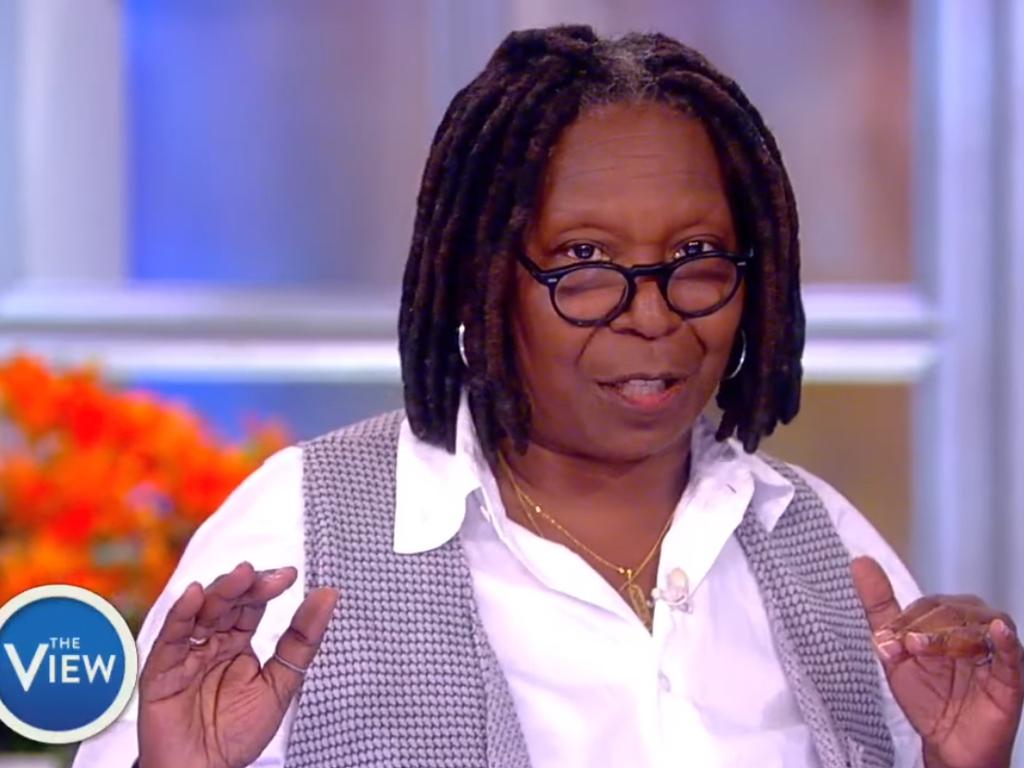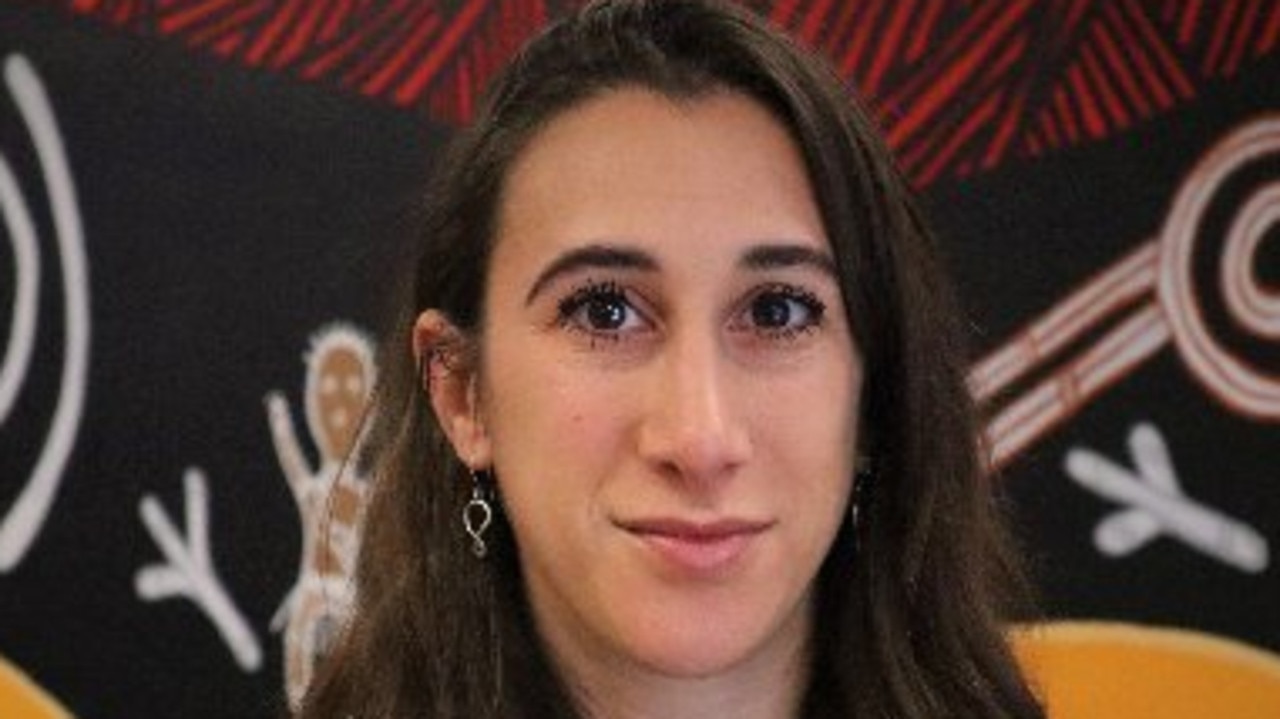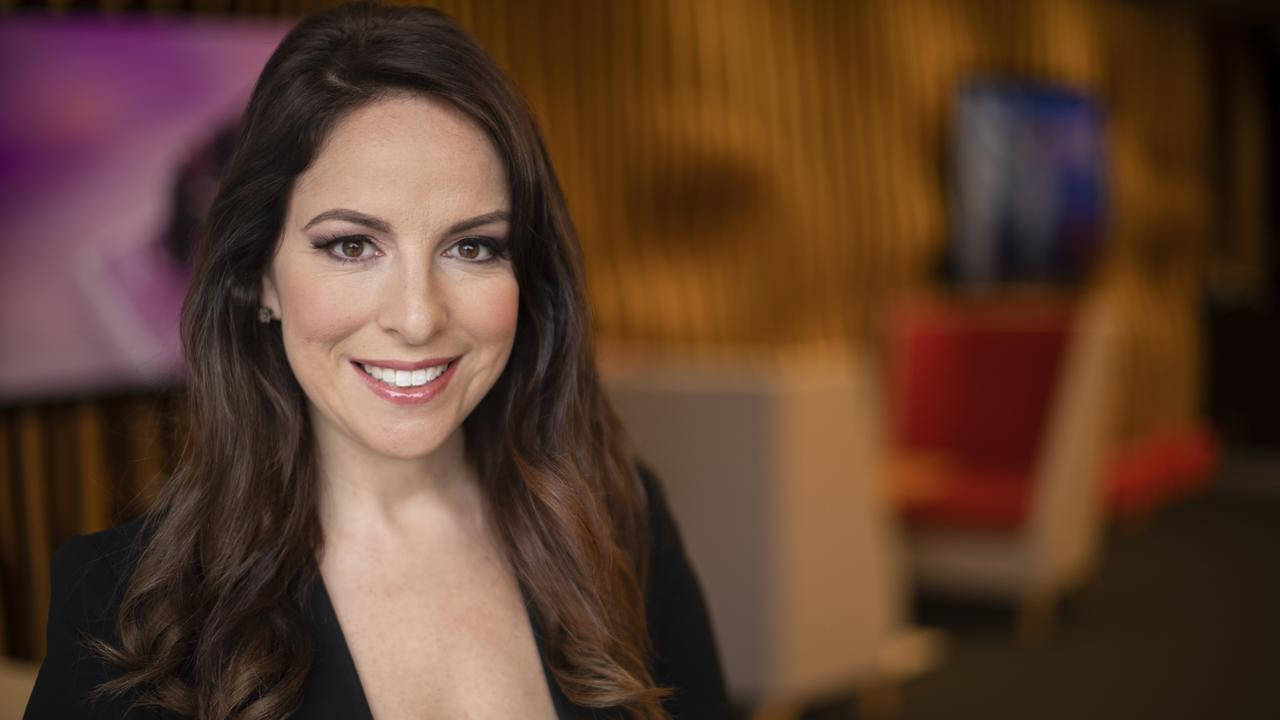How identity politics is fuelling the rise of anti-Semitism

Amnesty International’s recent report accusing Israel of practising apartheid has – arguably for good reason – provoked a furious reaction from the Jewish state’s supporters. For Israel’s defenders, this and recent similar reports are guilty of turning a complex situation into a simplistic black and white binary. Israelis are cast as representing evil while Palestinians are portrayed as representing goodness. Shades of grey are strictly forbidden in this narrative.
Less well recognised is the parallel trend to portray diaspora Jews in similar black and white terms.
The increasingly influential “woke” worldview has taken to dividing the world between beneficiaries of white privilege and people of colour. Jews, predictably, are generally viewed as white in this schema. As a result, much of the left now sees Jews as complicit in a discriminatory system that oppresses non-whites.
Indeed, because Jews have generally prospered in America, it is easy to portray them as at the pinnacle of a racial hierarchy of power. From this perspective their success is not a cause for celebration but, on the contrary, evidence that they have benefited at the expense of the downtrodden. Old tropes about Jewish power are rehabilitated in a new form.
Of course, older versions of anti-Semitism still exist in all their hideous brutality. The recent hostage-taking at the Beth Israel synagogue in Colleyville, Texas, by a British national of Pakistani origin is only the latest high-profile example. But this new form of anti-Semitism adds to pre-existing fears related to far-right activity and Islamism.
Things have got particularly fraught since May 2020 when George Floyd, a 46-year-old black man, was murdered by a Minneapolis police officer. The profile of the Black Lives Matter movement surged while protests were increasingly framed as being in opposition to white privilege and even white supremacy.
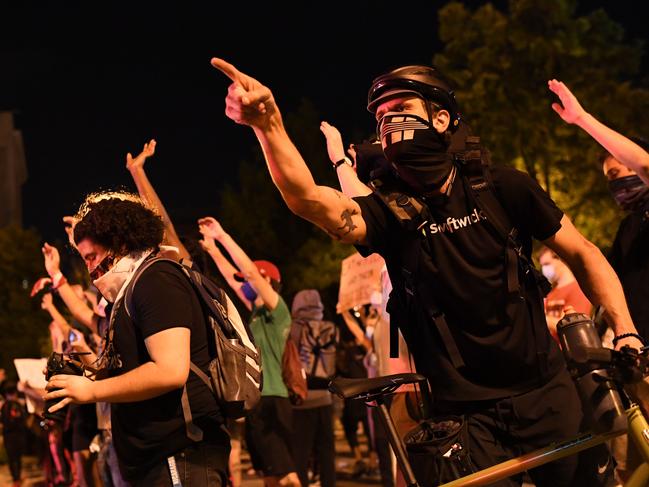
The notion of white privilege was typically part of a broader ideological package. Many of the traditional tenets of American liberalism, broadly defined, came under attack. These included the notion of due process in law, the idea of being considered innocent until proven guilty, and tolerance of the views of others. Colloquially, this set of ideas was sometimes referred to as wokeism. In more academic terms it was known as critical social justice (CSJ).
Many see critical race theory (CRT) as at the centre of this new ideology. Its exact meaning is disputed but a central tenet is that the world is after all divided into races. These are not seen as primarily biological but socially constructed. So, in the view of CRT, “whiteness” as a form of political domination is socially created. That is in contrast to old school racism which emphasises the importance of allegedly superior genes.
CRT is resolutely hostile to the liberal idea of political colour-blindness. From this perspective, the notion that everyone should be treated equally is anathema. For example, Ibram X Kendi, a populariser of CRT, argues in his How To Be An Antiracist (2019) that: “The most threatening racist movement is not the alt-right’s unlikely drive for a white ethnostate but the regular American’s drive for a ‘race-neutral’ one.” For CRT advocates, it is imperative that society is understood in this new racial framework.
As a body of academic thought, CRT emerged in the 1970s in the work of legal scholars such as Derrick Bell and Kimberle Crenshaw. More recently it has been popularised in bestselling books such Kendi’s and Robin DiAngelo’s White Fragility (2018).
It is important to recognise that the CRT is not just a matter confined to academia in the US. It has become a matter of public debate. There is a growing trend for parents to react against the teaching of CRT in schools.
Sections of the Jewish community have reacted particularly strongly against the rise of woke ideas. Bari Weiss, a prominent journalist, wrote an article in October 2020 in The Tablet, an online Jewish magazine, in which she argued for a counter-attack against what she saw as an assault on American liberalism. In particular, she blamed CRT, which she described as “the beating heart of this new ideology”.
It was in the wake of the rising tide of illiberalism that David Bernstein and others decided to set up the Jewish Institute for Liberal Values. Its stated goals included supporting liberalism and opposing CSJ. Its first public act, in May 2021, was the publication of an open letter signed by numerous Jewish luminaries in defence of equality and liberal values. Its website also includes a white paper on How Critical Social Justice Fuels Anti-Semitism.
Bernstein left his role as CEO of the Jewish Council for Public Affairs, a Jewish community relations movement, to set up the new organisation.
His concerns were broadly similar to those articulated by Weiss. “Whenever you link identity and privilege and power, it’s not a big leap to draw the connection to Jewish power,” he says.
“This is, of course, a traditional anti-Semitic canard.”
In relation to CRT specifically, he says he is not against it being used in an academic context to identify biases in society.
“The problem is when it is weaponised to establish a view on disparity and society,” he says.
“That’s when it becomes highly susceptible to anti-Semitism.”
At about the same time as the establishment of the JILV came the launch of the Sapir Journal. The publication describes itself as “exploring the future of the American Jewish community and its intersection with cultural, social, and political issues”. Its first issue included an article on Critical Race Theory and the ‘Hyper-White’ Jew, by Pamela Paresky, a psychologist and chair of the JILV.
But although many American Jews are worried about the emergence of CSJ, the fear is by no means universal. On the contrary, a significant number of progressive Jews have welcomed it.
For example, Jonathan Judaken, a professor of history at Rhodes College in Memphis, Tennessee, wrote an article in Tikkun, a left progressive magazine, in July 2021 entitled “Why Jews should embrace critical race theory”.
He describes the hostile reaction to CRT as a “moral panic”. He sees it as part of a right-wing backlash against anti-racist protests that followed George Floyd’s murder. In his view, CRT provides valuable insights into how racism in American society can be understood. He also points out that many of those who influenced the emergence of CRT, in particular the Frankfurt School of cultural Marxism, were of Jewish origin.
Judaken does accept that vulgarised versions of CRT can be used for anti-Semitic ends. But, in his view, the theory in its proper sophisticated form is sound.
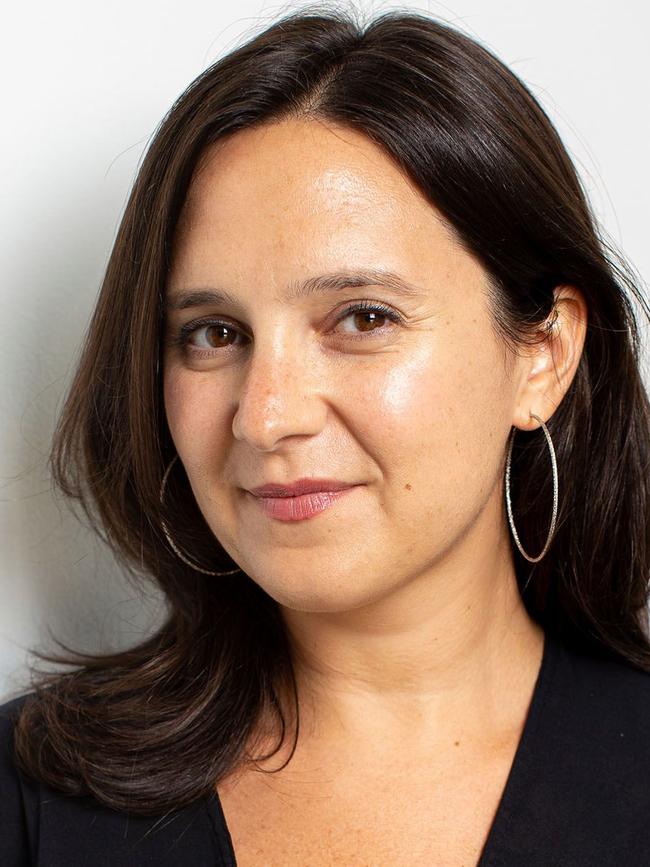
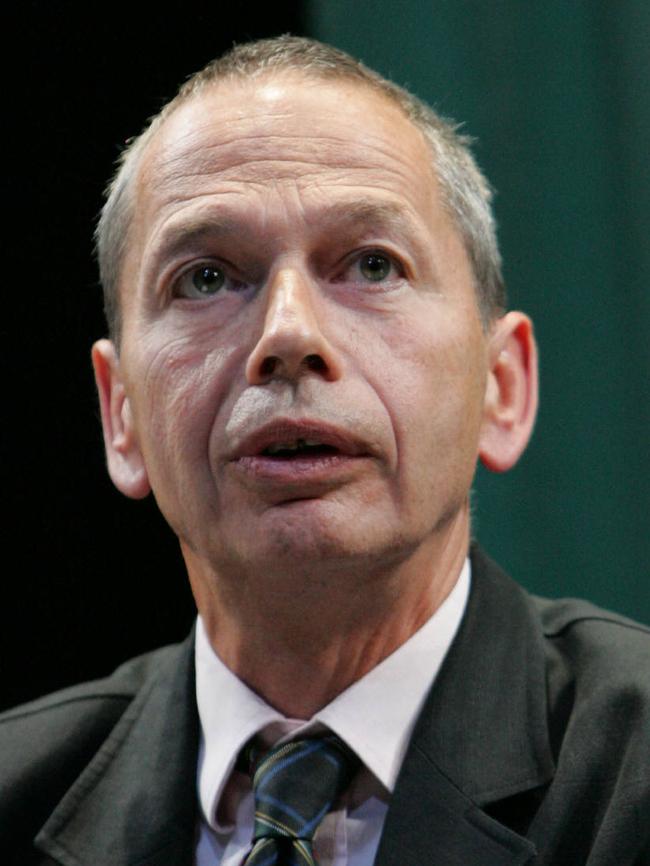
Others are arguably even more implacably opposed to the woke worldview than the JILV. For example, David Patterson, a professor at the Ackerman Centre for Holocaust Studies at the University of Texas at Dallas, views the matter from a religious Jewish perspective. In his view, even those who are secular need to understand the religious context to grasp the conflict over CRT.
“I don’t see how you can take religion out of the picture whether you buy into the religion or not,” he says. “You don’t have to be a believer to think in religious terms.”
For Patterson, there is a fundamental conflict between Judaism as a universalist religion and CRT which sees the world as divided into races. He points to Jewish holy texts such as the Torah (the first five books of the Hebrew Bible) and the Talmud (the main source of Jewish religious law) to substantiate his argument. The best-known maxim is probably the injunction in Leviticus that “you shall love your neighbour as yourself”. Jews may be assigned by God the role of “a light unto the nations” but, in Patterson’s view, Judaism sees all human life as of equal worth.
“Critical race theory is inherently anti-Semitic because it proceeds from a premise regarding how we determine the value of a human being,” says Patterson. “It is a premise that is antithetical to that which guides Jewish teaching and Jewish thinking.”
Frank Furedi, a sociologist and author of 100 Years of Identity Crisis (de Gruyter 2021), shares the concerns about illiberalism and woke anti-Semitism but his take is different. In his view, CRT plays a secondary role. At most it provides a vocabulary some can use to express woke ideas. “It’s not as if most people know what it is or read it,” he says.
In his view, the key problem is identity politics – that is, the imperative to divide society into a hierarchy of different identities.
“It’s not the theory that creates hostility towards Jews,” he says. “It’s the theory that can then be used because of the pre-existing suspicion and devaluation of Jewishness.”
In a society where there is an increasingly competitive attitude towards identities, “Jewish identity will tend to be devalued and seen as being not of the same moral status as some of the other identities”. That, in his view, is the driving force behind woke anti-Semitism.
“What you have is not just ordinary anti-Semitism,” he says, “but a kind of anti-Semitism that is specific to the way competitive claims-making about identity works itself out.”
From this perspective, the cruel irony is that it is the left that is re-racialising society. Until the 1960s, the imposition of a racial framework on America was normally associated with sections of the hard right. But the growing cultural force of identity politics lends itself to the re-emergence of racial thinking in a new woke form – only this time it poses as a radical opponent of white privilege.
A world divided into simplistic black and white terms cannot comfortably accommodate either the Jewish historical experience or contemporary Jews. It cannot properly account for the horrors of the Holocaust as an almost inconceivable act of racial savagery. And it all too easily revives ideas of a powerful Jewish cabal which is responsible for the plight of the downtrodden.
Daniel Ben-Ami runs a website on untangling anti-Semitism radicalismoffools.com
-
Anti-Semitism – but make it fashion
The insightfully termed “woke anti-Semitism” that Daniel Ben-Ami writes about recalls the “fashionable” anti-Semitism of history, a chapter taught to drowsy high school students in the late 20th century (back when such things were taught). Most Australians growing up in the West back then probably struggled to understand how there could ever have been anything fashionable about anti-Semitism – not after it had been exposed so definitively as an evil movement and mindset when taken to its only logical conclusion, the culmination of centuries of insidious and, alternatively, enthusiastic cultivation.
But of course anti-Semitism was for a time the very height of fashion in the salons of Europe, from revolutionaries to artists and authors. It was de rigueur among the fashionable set in the lead-up to World War I – later catching on among the working and middle classes – to blame, abhor, scorn, ridicule and despise those not only of the Jewish faith but also of Jewish blood.
Are we headed there once more? It seems so, although the path is never straightforward.
This week, Whoopi Goldberg, a panellist on the long-running and huge-rating US daytime TV talk show The View, declared the Holocaust wasn’t “about race”.
The discussion had been prompted by a smaller item in the news; a decision by a Tennessee county school board to ban Maus, the Pulitzer prize-winning graphic novel about the Holocaust, because it was, well, too graphic. Whoopi used her seat on the panel to reframe the Holocaust to The View’s audience of millions as an act of inhumanity between “two groups of white people”.
Goldberg was swiftly rebuked on social media and off. She has been suspended from The View for two weeks.
This is tricky stuff. To be clear, Goldberg was not apologising for the Nazis. She was not denying the Holocaust or sticking up for the Maus ban. But she tapped into something that is fast gaining traction – the pointed defining of Jews as “white” and powerful, more powerful than a long-term view of history could ever prove.
Anti-Semitism has its roots not in the savagery of the Nazis but in humble suspicion of Jews. Suspicion that is again growing.
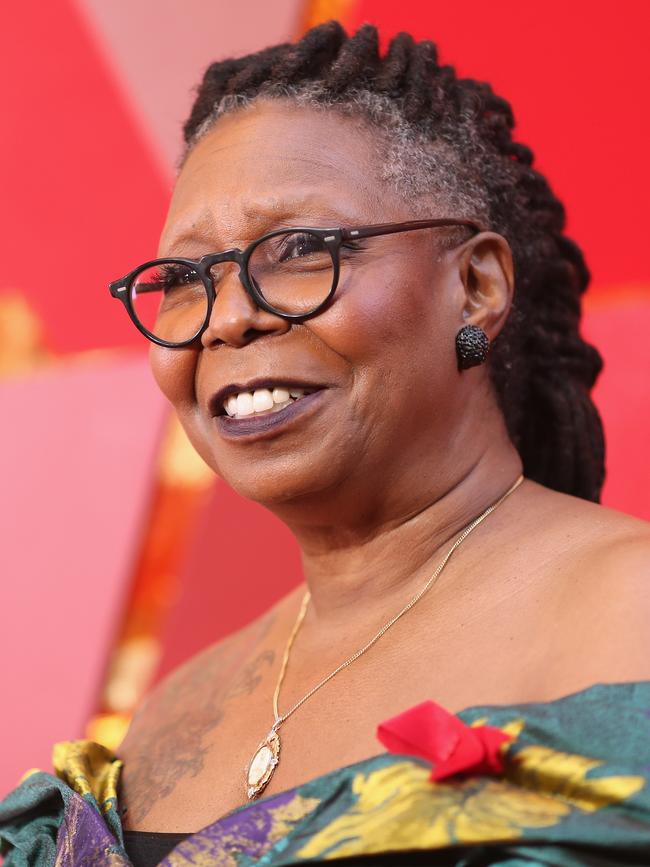

Last October, The New York Times interviewed TV personality Mayim Bialik. Those of one generation may remember her as Blossom from the 1990s TV show. The next probably knows her better from a long-running role on The Big Bang Theory. Now she’s a host on Jeopardy!, the quiz show giant.
“Mayim Bialik Wants the ‘Jeopardy!’ Job. Is She ‘Neutral’ Enough?” was the Times’ article headline. And in the paper’s social media marketing of the piece the title asked the same question. The article and the post used a strong portrait of the actor, her eye-catching Star of David necklace on display.
The post went on to quote the piece, which said Bialik “has long drawn attention, and controversy … Nearly a decade ago she wrote in a book of making an ‘informed decision not to vaccinate our children’, prompting her to clarify last year that they would get vaccinated against coronavirus. She blogged about donating money to buy bulletproof vests for the Israel Defence Forces. She endorsed a ‘brain health supplement’ earlier this year …” And so on.
Some commenters responded by asking what Bialik’s support for the Israeli army had to do vaccination, or with hosting Jeopardy! for that matter. Another suggested she go and host Jeopardy! in Israel.
Social media has almost everything to do with the rise of fashionable anti-Semitism thanks to its heady mix of misinformation, propaganda, pop culture and, yes, high fashion.
Geopolitics around Israel increasingly are problematic as every skirmish in the region becomes invidious on platforms devoid of constructive dialogue and encumbered by brevity.
Speaking of brevity, The New York Times Instagram post about Bialik ignored one aspect of the interview, probably because it was buried in the final paragraphs
“Two topics Bialik has often weighed in on are her devotion to Judaism and societal pressure on women’s appearances,” the piece said. “But when asked her reaction to the departure of (former Jeopardy! producer Mike) Richards – who had made a joke on his podcast centred on an anti-Semitic stereotype about the size of Jewish noses, along with demeaning comments about women’s bodies – she declined to share her opinion.
“I had a reaction, but I don’t really feel like it’s for public consumption,” she said. “It further potentially complicates any discussion about trying to return to a state of normalcy for Jeopardy! And so I’m kind of respectfully choosing not to talk about it.”
Elizabeth Colman

